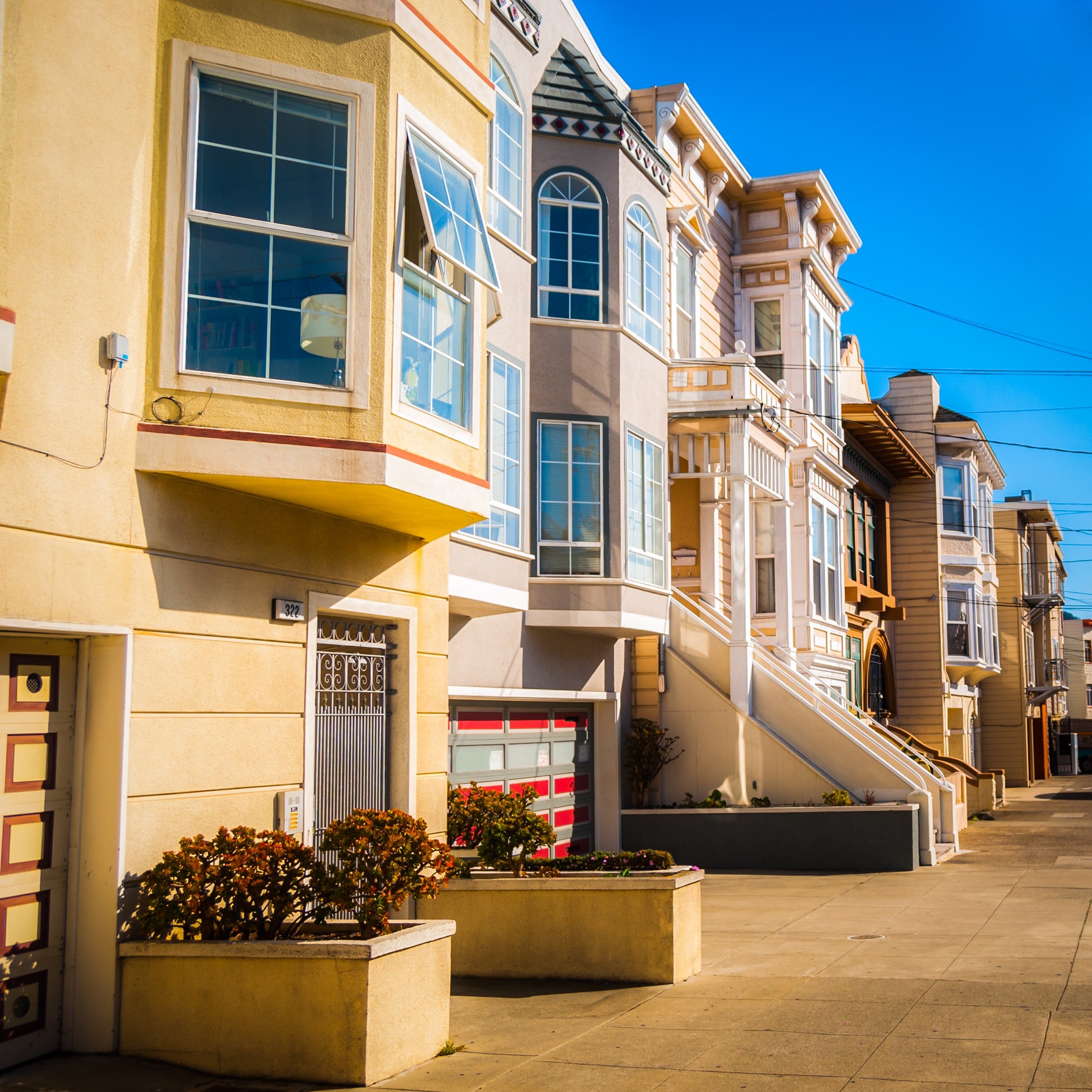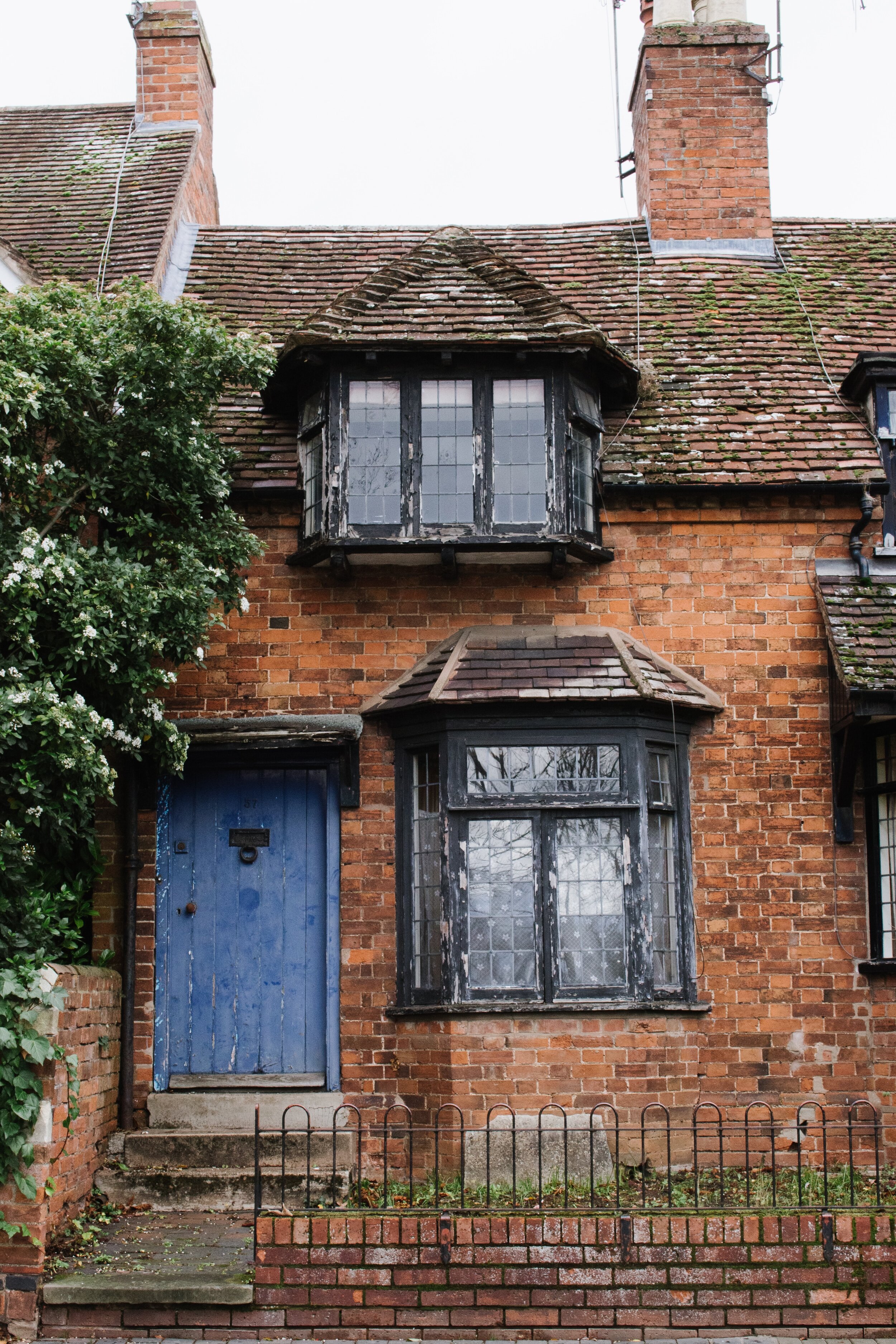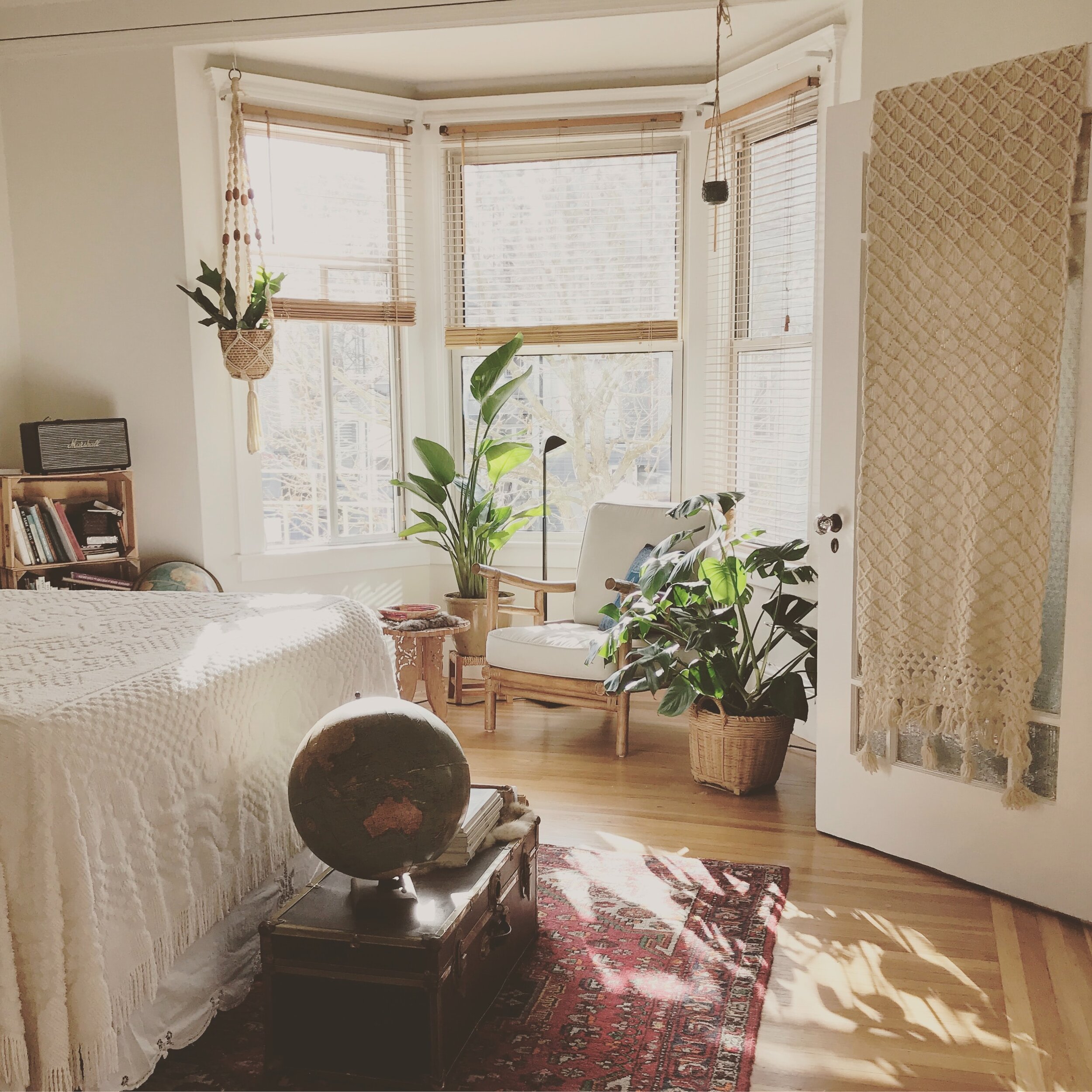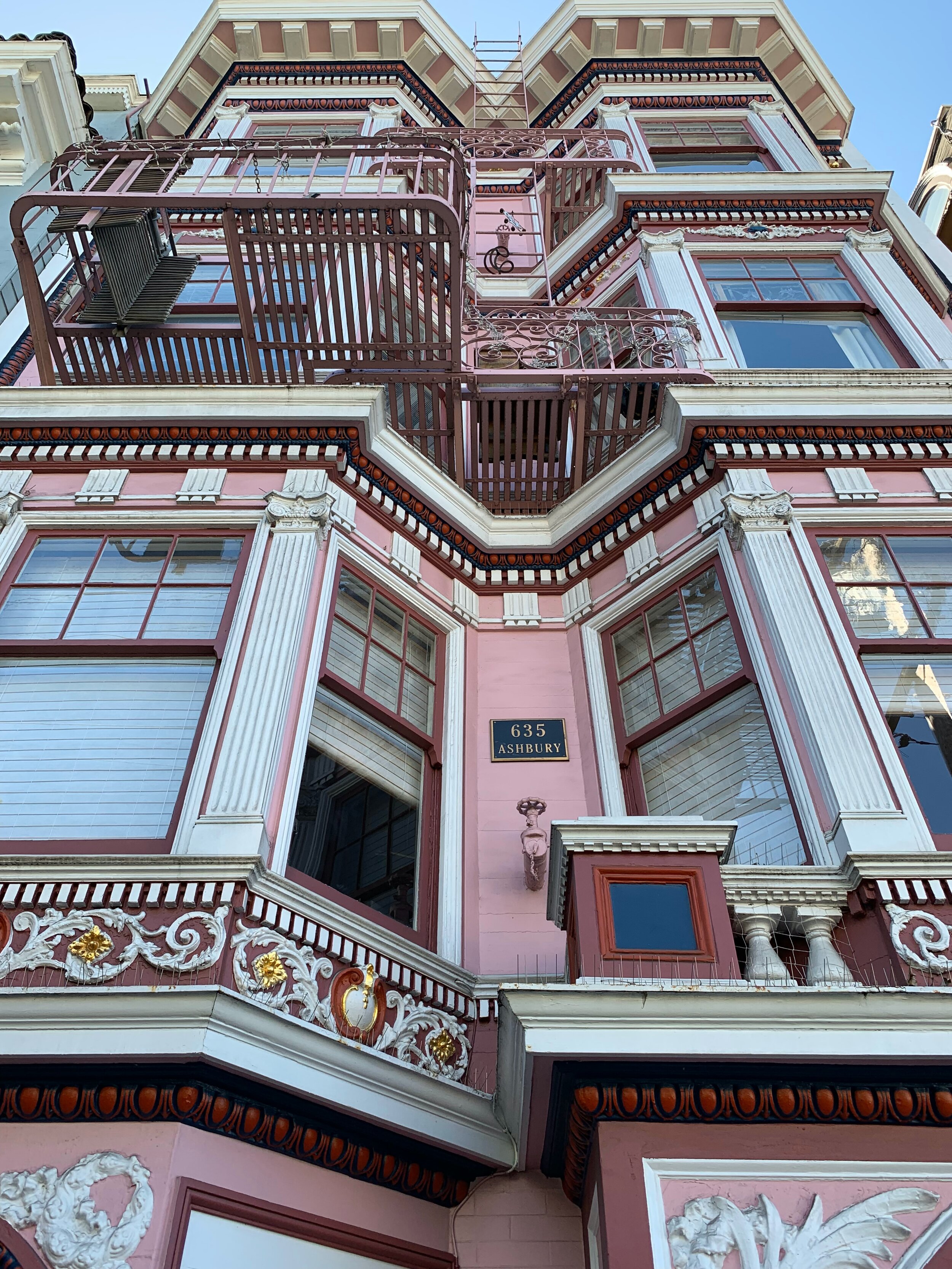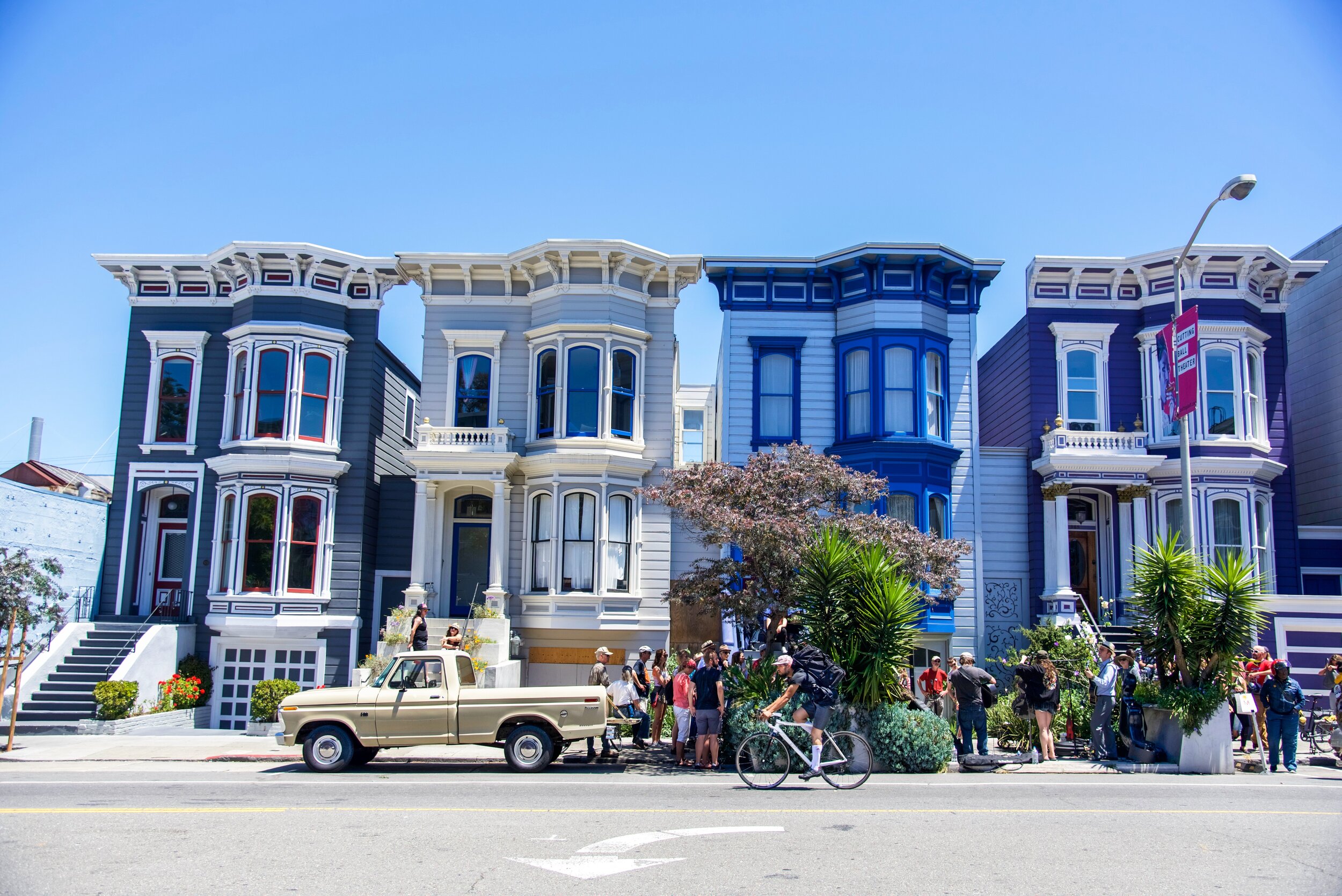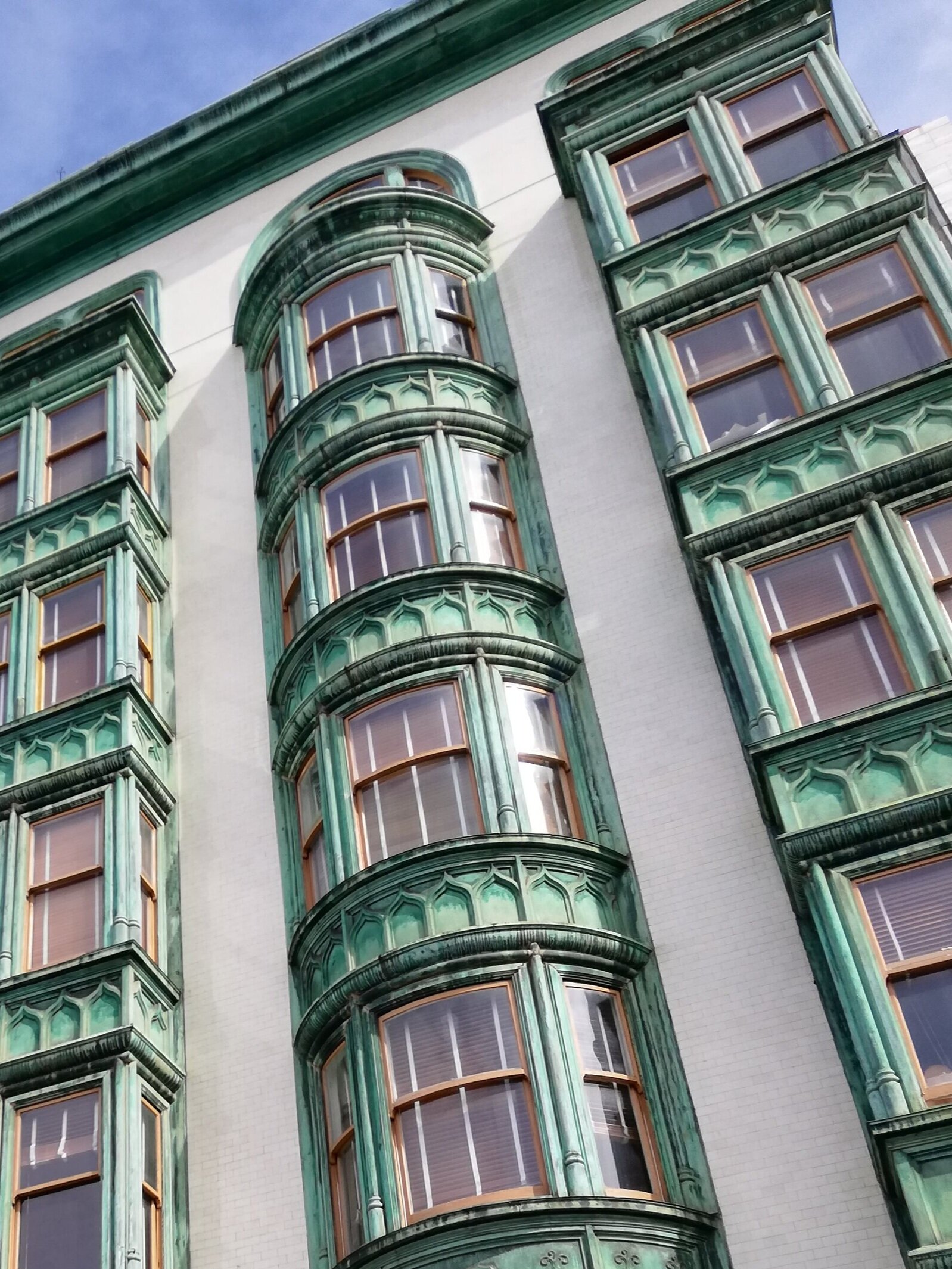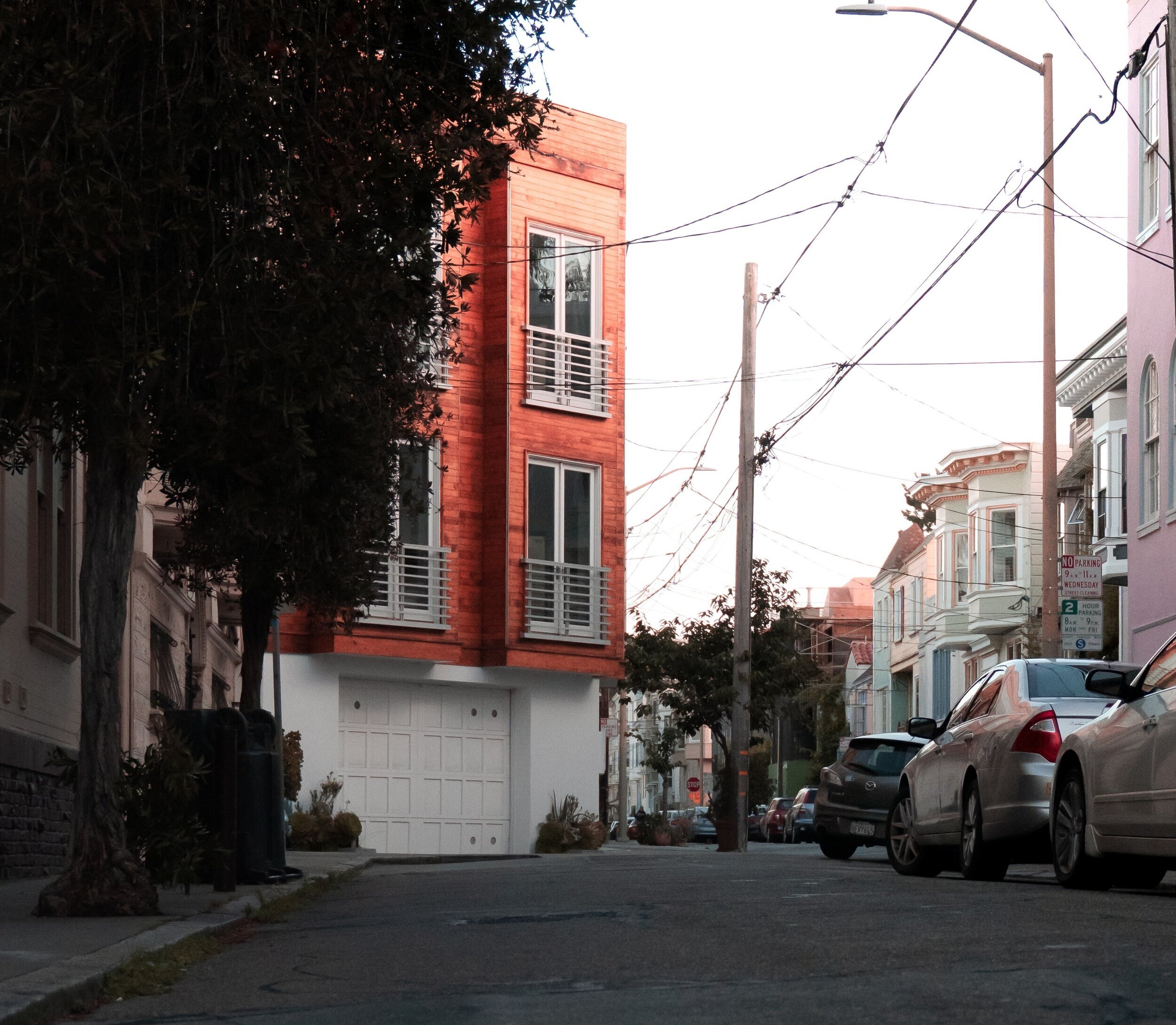Bay Windows: A Simple Definition of a Historic Design Trend
/Bay Windows
Disclaimer: As an Amazon Associate I earn from qualifying purchases. There are affiliate links in this post. This means that at no cost to you, I will receive a commission if you purchase through my link. I will only ever promote the products and services that I trust and 100% recommend. You may read my full disclosure policy for more information. Thank you for supporting my business in this way.
Beloved for their romantic charm and ability to open up a room, bay windows have remained a design staple for centuries. They adorn everything from the stately Manhattan Building in Chicago to the Victorian-style Postcard Row houses in San Francisco.
But did you know that there are a variety of bay window styles and arrangements to choose from? Read on to learn everything you need to know about this design trend.
What is a Bay Window?
Bay windows are made up of several glass window panes — usually three. The windows are arranged in a curved or box-like shape that extends out from the wall. Bay windows usually measure between 3.5 to 10.5 feet wide, and the height varies depending on the size of the room.
What’s the Purpose of a Bay Window?
Architecturally speaking, a bay window is used to expand the surface area of a room and increase the amount of light that comes in. Because the alcove used to create a bay window projects out from the house, it catches more light than an ordinary window.
Smaller bay windows may be used for decoration and expanded views, and they often contain shelves for plants or books. Larger bay windows are often built with storage space or window seating.
Benefits of Bay Windows
Bay windows have been around since the late 1400s. They can be found in historical homes from almost every design era, and they have not lost their appeal over the years. On the contrary, bay windows are so prominent in modern San Franciscan design that a machine-learning algorithm recognized them as a defining feature of the city in 2012.
Here are just a few of the benefits of this classic-yet-modern window design.
1. Natural light
Bay windows have an advantage that’s unlike any other type of window. Because they’re made up of three or more window panes that sit at different positions, they allow natural light to fill a room from all these angles.
Whether you choose to install fixed or operable window panes, a bay window design will maximize the amount of light that flows into your home.
2. Extra seating space
Another obvious benefit is the additional square feet that a bay window brings to a home. In fact, adding a bay window can be a great, low-cost way to add value to your home. Incorporating a bay window with a breakfast nook or a window seat can free up the rest of your room for more space to move around.
It’s ideal for modern or minimalistic floor plans, as well as compact apartments. It also works well in restaurants, bookstores, and libraries.
3. Better ventilation
If you choose to install operable windows, you’ll reap the benefits of better air flow.
4. Curb appeal
A bay window is easy to notice from the outside of the home. Because it’s such a classic, recognizable feature, potential buyers will notice it right away. Whether you’re planning to live in your home for several more years or getting ready to put it on the market, adding a bay window can pay off during the selling process.
5. Versatility
Bay windows come with an endless array of configuration possibilities. You can choose between a box bay window or a classic, curved design. You can install operable windows to add ventilation to a room, or put in fixed windows to give you a great view.
There are also several options when it comes to window types. Casement windows are a popular choice for wide-open views and better ventilation, but double-hung windows are cost-effective and work just as well.
Different Types of Bay Windows
While the basic architectural structure of a bay window remains the same — multiple windows that protrude out of the wall — there are several different variations of the window style. Here’s a breakdown of the most common types of bay windows that you will likely encounter.
Canted Bay Window
This is the traditional silhouette that most people envision when they think of a bay window. The front of the window runs parallel to the wall, and the sides are angled to meet it. Canted windows became especially popular during the Victorian era.
Bow Window
The term “bow window” is often mistakenly interchanged with bay window. However, a bow window is just one type of bay window. It extends out from the wall in an arch, and it usually comes with anywhere from 4 to 6 windows. Also referred to as a curved bay window, the bow window provides excellent panoramic views.
Oriel Bay Window
The oriel bay window is usually used for upper floors. This is because it is supported with a corbel or a bracket, so it does not need to touch the ground.
Oriel windows became popular in the Middle Ages, and they’re a common sight today in modern Arab and Western architecture. Because they’re incredibly visible from the outside of the building, oriel windows often have very elaborate design.
Box Bay Window
Like the canted bay window, a box bay window has a flat front with two smaller windows on the sides. The only difference is that the sides of the window run perpendicular to the wall instead of being angled. This rectangular, box-shape is what gives the window its name.
Box bay windows are often used to display plants or as a small window seat. They’re also often seen in greenhouses and nurseries.
Circle Bay Window
The circle bay window is similar to the bow window, but with even more of a circular look. It features several curved glass window panes on all sides, and it often has extra glass panes located above the windows.
Are Bay Windows Worth It?
The main drawback to bay windows is the cost. According to Home Advisor, installing a bay window can cost anywhere from $910 to $7,100 — depending on the materials, size, and design you choose. Once they are installed, bay windows often require more heat and cooling power due to the increased window surface.
On the other hand, properly installed bay windows can increase the value of your home significantly, making these extra costs worthwhile. Not to mention the enjoyment you will get out of having extra light, space, and ventilation from bay windows in your home.
Brandon Hubbard, AIA, NCARB, LEED AP BD+C

